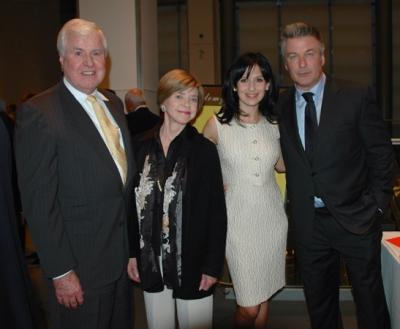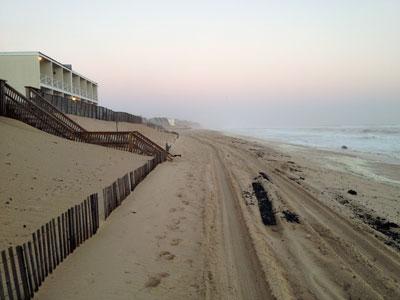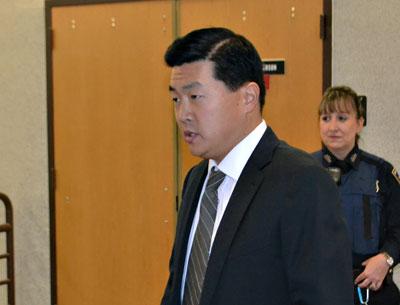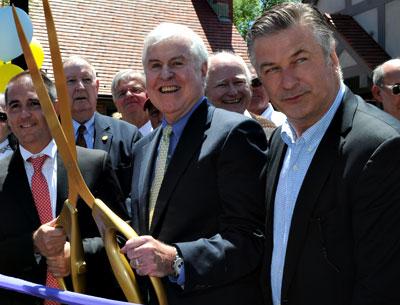Labor Joins Offshore Wind Farm Push
Labor Joins Offshore Wind Farm Push

Deepwater One, a proposed offshore wind farm to be located on 256 square miles of federal waters approximately 30 miles east of Montauk, would result in some 300 direct jobs on Long Island throughout its multiyear construction process, according to its developer’s chief executive.
At a meeting in Hauppauge on Tuesday, Jeffrey Grybowski of Deepwater Wind announced his firm’s partnership with the Nassau-Suffolk Building and Construction Trades Council and the Long Island Federation of Labor to develop a local offshore wind industry. Mr. Grybowski was joined at the meeting by the presidents of each group as well as Suffolk County Executive Steve Bellone.
“Deepwater Wind has agreed to have a project labor agreement in place for some of the construction elements of the project that would be here on Long Island,” Mr. Grybowski said. “We anticipate about 300 folks from Long Island will be employed on the Island for the project when we do construction. We’re working with organized labor to make sure we find the right people to do that work. We’re excited about it. We believe offshore wind has the potential to start a new clean-energy industry on the Island.”
Mr. Grybowski said that construction of the offshore wind farm, which could begin supplying more than 200 megawatts of power in 2018, would require skilled workers such as welders, carpenters, crane operators, and other equipment operators. The project’s preconstruction phase would also create a significant number of jobs, according to a release issued by Deepwater Wind, with hiring starting as early as next year and accelerating over the course of its development.
Long Island, Mr. Grybowski said, can become a hub and leader in a nascent offshore-wind industry. Last week, he met with representatives of a trade delegation of Danish offshore wind companies that was visiting the U.S. to explore the investment potential of the domestic offshore wind market.
“It was instructive for people here to meet people who are involved in this big industry in Europe,” he said. “Denmark is the place where offshore wind started. They were here to say that this is big business in Europe; they employ lots of people. There were conversations about what it would take to replicate that here.”
While the federal government awarded Deepwater Wind a 30-year lease to develop the project last year, Deepwater One’s development remains contingent on approval by the Long Island Power Authority. LIPA issued a request for proposals last year for an agreement to purchase up to 280 megawatts of renewable energy.
A decision could come as soon as next month. LIPA, said Mr. Grybowski, “has indicated that on Dec. 17 they intend to discuss this at their board meeting. They might be making a decision then. So pretty much the entire focus on the project now is waiting for LIPA’s decision, whether they give it a green light. If they do, we’ll start moving fast.”
“We’re very excited and optimistic,” Mr. Grybowski said. “We’re on the verge of big things here on Long Island. With a green light from LIPA, we’re full speed ahead.”






